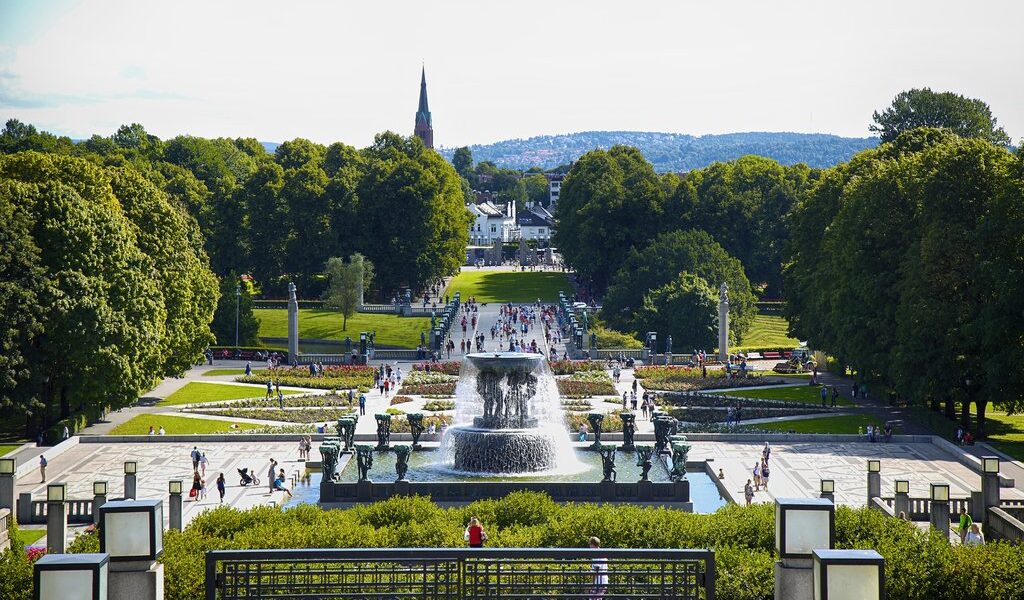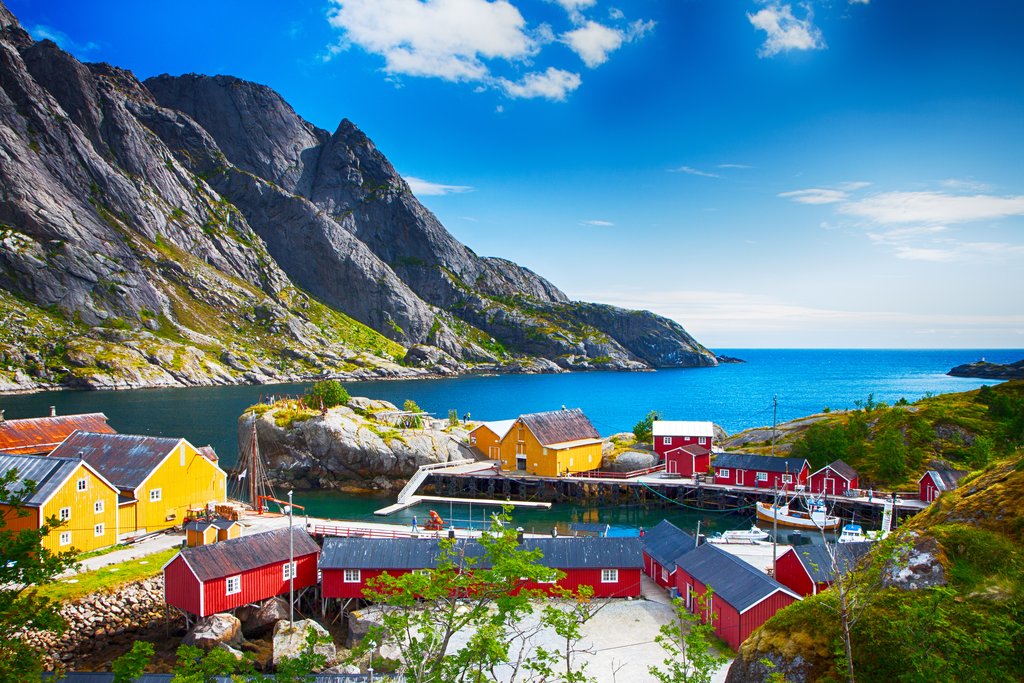
Whether your ideal vacation consists of hiking, surfing, or even dogsledding, Norway has you covered. From Svalbard to Stavanger, this country’s unique regional offerings are endless. Start planning your journey with this detailed round-up of the best regions in Norway.
Norway, a land of unparalleled natural beauty and captivating cultural experiences, stretches further than any other country in Europe. Boasting a staggering 60,000 miles of coastline and a vast, unspoiled countryside, this remarkable Scandinavian nation presents an almost inexhaustible array of destinations, attractions, and activities to captivate every traveler. The majestic, snow-capped mountains that pierce the sky, the dramatically sculpted fjords that carve into the landscape, the seemingly endless arctic tundra that whispers tales of ancient times, and the historically rich towns that echo with the stories of generations past, collectively beckon visitors from every corner of the globe.
From the free-roaming reindeer of Finnmark, a testament to the enduring traditions of the Sami people, to the vibrant, metropolitan pulse of Oslo, the nation’s capital, you’ll quickly discover that each of Norway’s diverse regions possesses unique characteristics that make it absolutely worthy of exploration. Prepare to be enchanted as we delve into Norway’s top ten regions, each presented in no particular order, offering a glimpse into the country’s multifaceted appeal.
**1. Oslo: The Vibrant Heart of Norway**
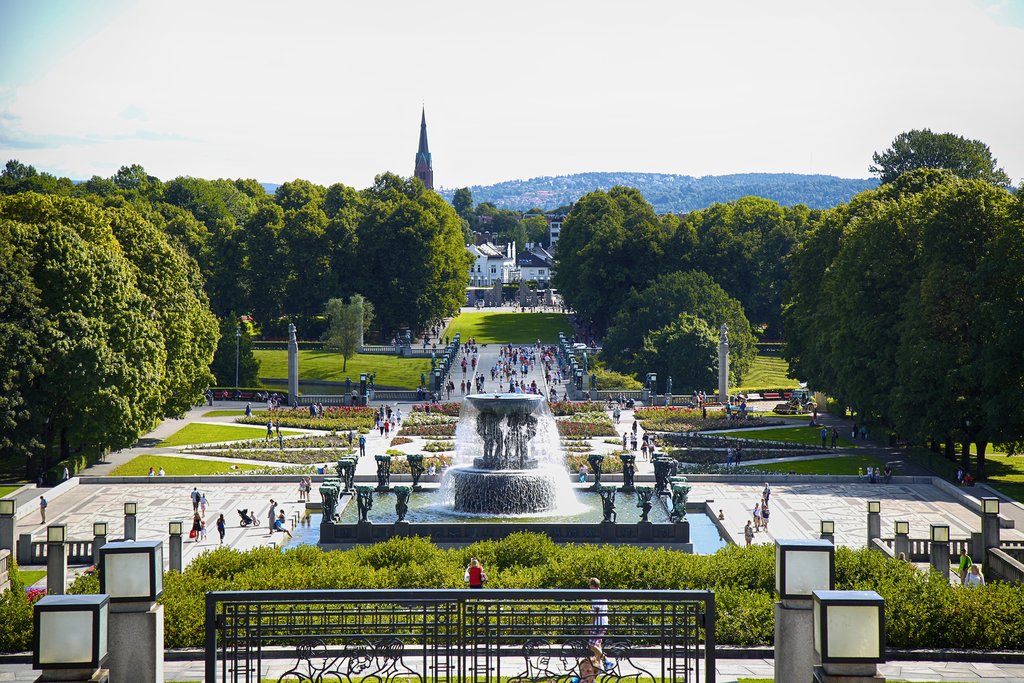
Oslo, the captivating capital and cultural epicenter of Norway, stands as an undeniable must-see destination for any traveler embarking on a Norwegian adventure. Many visitors are pleasantly surprised to discover the city’s relatively small size and remarkable walkability, allowing for easy exploration of its many treasures. However, don’t let its manageable scale fool you; Oslo is brimming with an impressive array of attractions and activities.
Among the standout highlights is the renowned Viking Ship Museum, a repository of maritime history that houses the world’s best-preserved Viking ship, a testament to the seafaring prowess of the Vikings. Art enthusiasts will be drawn to the National Gallery, where Edvard Munch’s iconic expressionist masterpiece, “The Scream,” continues to evoke powerful emotions and captivate audiences. For families seeking engaging and educational experiences, the Oslo Reptilpark (Reptile Park) offers a fascinating glimpse into the world of reptiles, with its diverse collection of scaly creatures proving particularly popular with children.
Should you be fortunate enough to experience pleasant weather, a visit to the Vigeland Sculpture Park is an absolute must. These expansive gardens provide a tranquil and picturesque setting, making it a beloved local picnic spot as well as a prominent artistic landmark. For the more adventurous souls, the Holmenkollen Ski Jump offers an exhilarating opportunity to experience the thrill of ski jumping firsthand by ziplining nearly 1200 feet from the very top to the bottom, a truly unforgettable experience.
**2. Bergen and the Majestic Sognefjord**
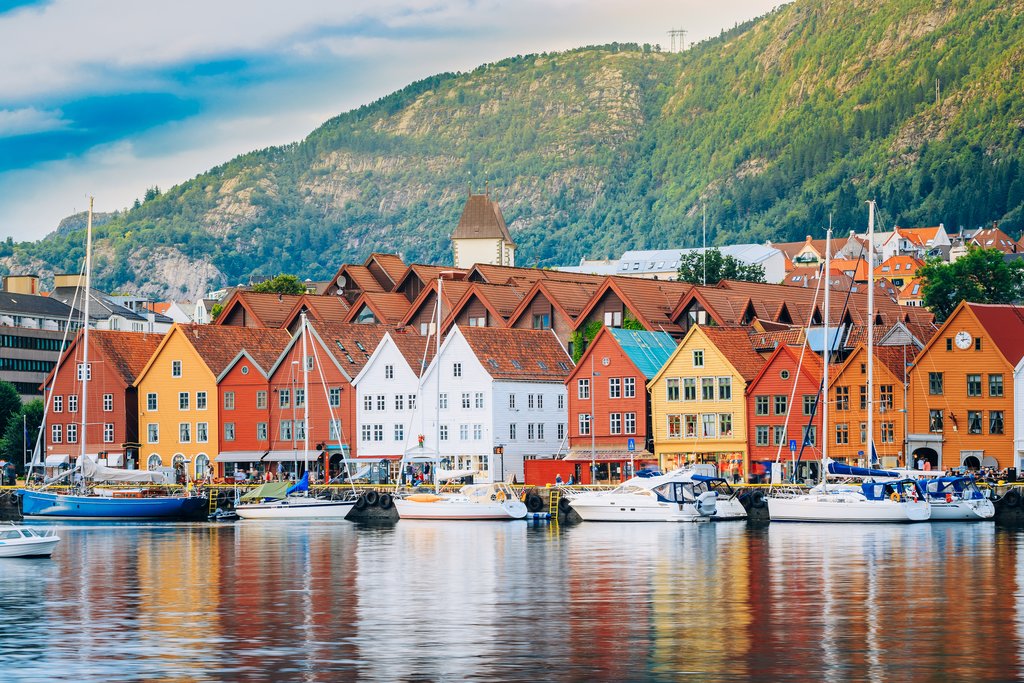
Bergen, aptly named the gateway to the fjords, stands as arguably Norway’s most historically significant city. Dating back to its founding days, Bergen served as an immensely important German trading port, and despite enduring several devastating fires throughout its history, the wharf retains a distinctly German architectural charm. Visitors can literally taste history with a visit to the Hanseatic Museum, where they can learn about the city’s rich mercantile past and sample traditional salted dried cod. For breathtaking panoramic views of the city and surrounding landscapes, a cable car ride to the summit of Mount Floyen is an absolute must.
However, just a short distance outside of Bergen lies the truly awe-inspiring Sognefjord. As Norway’s deepest and longest fjord, mere photographs simply cannot capture the overwhelming beauty created by its crystal-clear waters, dramatically striking cliffs, and the diverse array of marine life that calls it home. A boat ride, even a brief one, is an essential experience, as nothing compares to witnessing the grandeur of this natural wonder from the vantage point of the water. The sheer scale of the Sognefjord, combined with the serenity of its surroundings, creates an unforgettable sensory experience.
**3. Alesund and the Iconic Geirangerfjord**
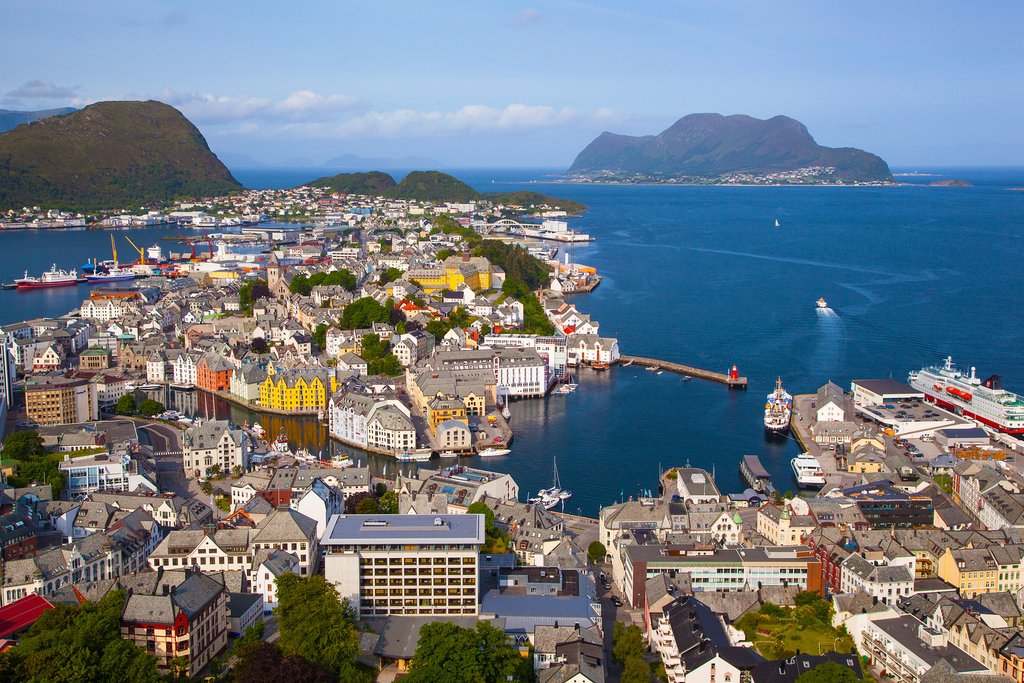
Anyone with a keen interest in art or architecture will find Alesund to be an utterly mesmerizing destination. While not always a standard stop on typical itineraries, this quaint and captivating city is rapidly gaining recognition as a unique blend of Norwegian culture and stunning natural beauty. Alesund is particularly famous for its spectacular art nouveau architecture, with colorful and distinctive buildings lining the easily walkable downtown area. The city’s reconstruction after a devastating fire in 1904 resulted in a harmonious collection of architectural styles that make it a visual treat for visitors.
For the most picturesque panoramic view of Alesund and its surroundings, be sure to ascend to Fjellstua. While the 418 steps may seem daunting, the breathtaking vista from the top is undoubtedly worth the effort. Perhaps even more appealing to many visitors is the fact that Alesund is conveniently located just a short journey (approximately two hours) from Norway’s most iconic fjord, the Geirangerfjord.
Now designated as a UNESCO World Heritage site, the Geirangerfjord is an unforgettable natural wonder, characterized by its towering cliffs, cascading waterfalls, and historic mountain farms that cling precariously to the steep slopes. Whether you choose to explore the area by bike, kayak, or simply on foot, the Geirangerfjord never fails to leave a lasting impression on all who visit. The combination of the fjord’s dramatic scenery and the tranquility of its surroundings creates an atmosphere of unparalleled serenity and beauty.
**4. Finnmark (North Cape, Alta, Kirkenes): Embracing the Arctic North**
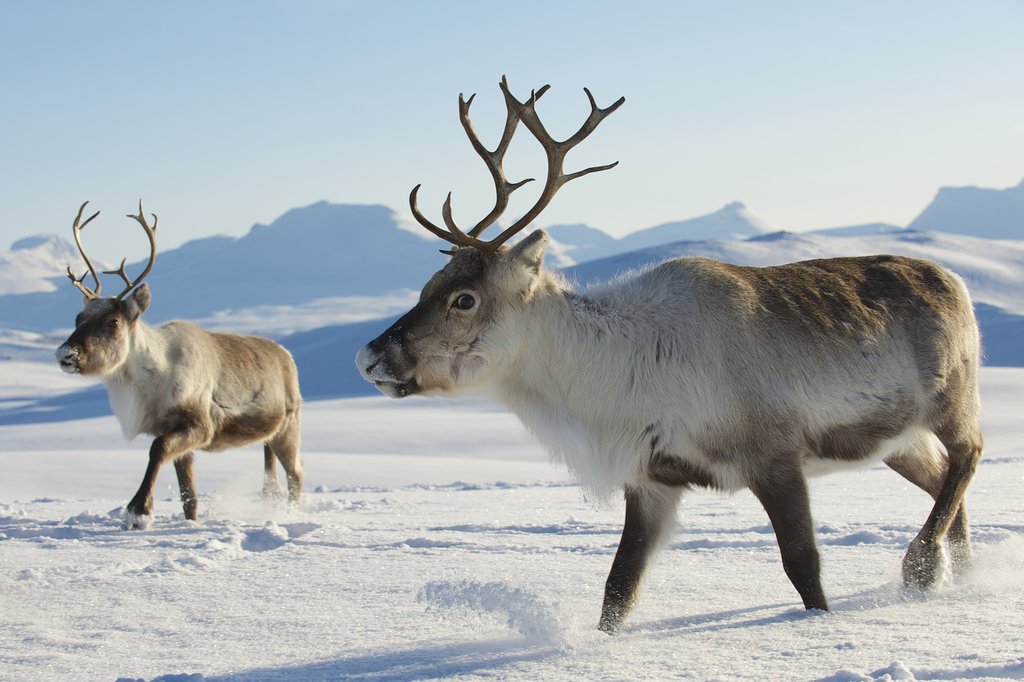
Nestled in the northernmost reaches of Norway, the Finnmark region, along with the northern areas of Finland and Sweden, is the ancestral home of the indigenous Sami people. While centuries ago, few dared to venture into this remote and sparsely populated area, which relied almost exclusively on reindeer herding and fishing for sustenance, modern-day visitors can now experience this unique way of life in a more accessible and comfortable manner.
Cozy and welcoming lodges offer not only traditional Lappish cuisine, providing a taste of authentic Sami culture, but also the opportunity to embark on thrilling dogsledding excursions across the snowy landscapes, participate in enchanting reindeer safaris through the pristine wilderness, or try their hand at traditional ice fishing on frozen lakes and rivers.
Of course, being so far north, Finnmark enjoys the ethereal midnight sun during the summer months, when daylight extends for 24 hours, and experiences the mesmerizing “blue season” from November to January, when the sun remains below the horizon, casting an otherworldly blue hue across the landscape. While in the area, visitors can try their luck at fishing for king crabs in Kirkenes, a town located near the Russian border, offering a unique cultural experience.
For a truly unforgettable stay, consider spending a night at a hotel constructed entirely of ice in Alta, a testament to the ingenuity and artistry of the region. Explore the small town of Hamningberg, an old fishing village that miraculously escaped destruction during World War II, offering a glimpse into the region’s resilient past. Embark on a hike to the natural arch of Kirkeporten, which frames a breathtaking view of the watery plateau of the North Cape, the northernmost point of Europe, a truly iconic destination. Or simply relax and take in the awe-inspiring sunset over the vast Barents Sea, allowing yourself to slow down and appreciate the serenity of the Arctic landscape.
**5. Svalbard: A Realm of Arctic Wilderness**
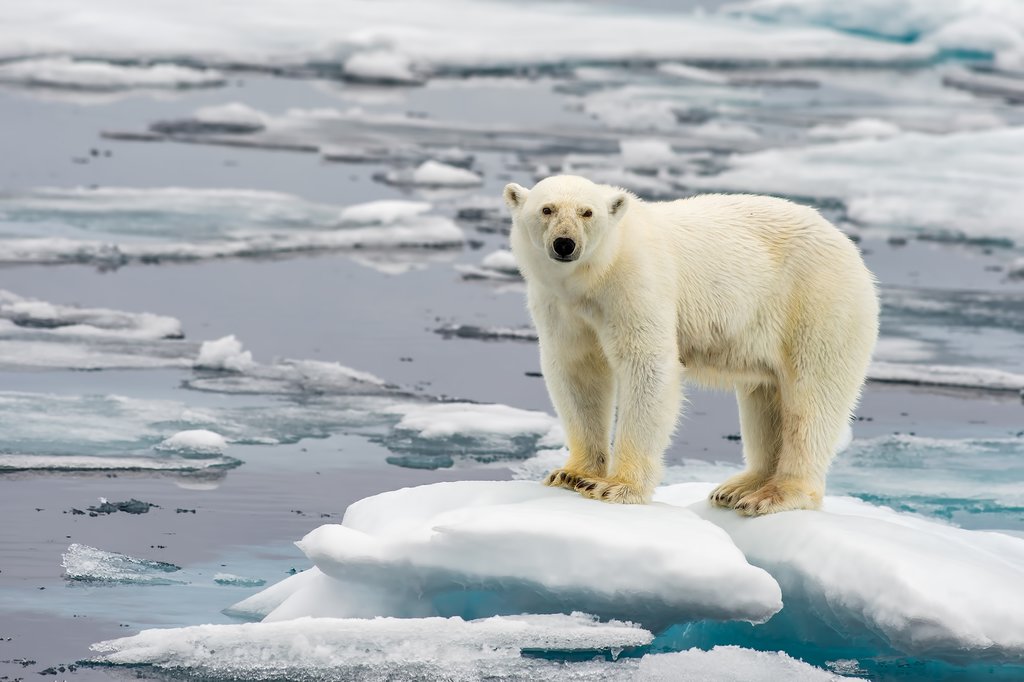
Considering its exceptionally northerly location, Svalbard is often either overlooked or deemed impossible to include on many travel itineraries. Accessible primarily by boat from May through September due to sea ice conditions, although air travel remains a viable option year-round, the voyage to this remote archipelago is well worth the effort, offering an unparalleled experience. Svalbard stands as one of the few places on Earth where you can still observe majestic polar bears in their natural habitat.
An estimated 3,000 polar bears roam this pristine arctic wilderness, coexisting with a diverse array of other wildlife, including whales that breach the icy waters, reindeer that graze on the sparse vegetation, and seals that bask on the frozen shores.
And if the prospect of encountering polar bears in their natural environment isn’t compelling enough, Svalbard offers a wealth of exciting activities to keep visitors entertained. Adventurers can embark on thrilling dog sledding expeditions across the snowy plains, explore the icy landscapes on guided glacier treks, and experience the exhilaration of snowmobile safaris through the vast wilderness. Not to mention the surreal experience of enjoying 24 hours of continuous sunlight during the summer months, or witnessing the mesmerizing spectacle of the Northern Lights dancing across the sky from September to March, creating an unforgettable aurora borealis display.
**6. Tromsø and the Captivating Lyngenfjord**
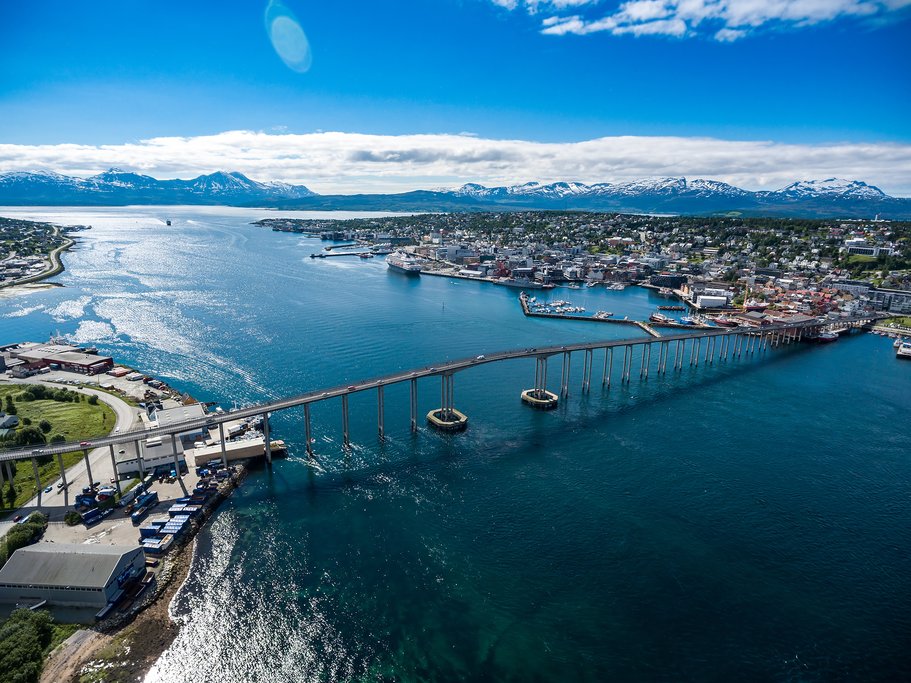
If you harbor a strong desire to witness the awe-inspiring Northern Lights and have heard whispers that their intensity may diminish in the coming years, then make your way to Northern Norway and Tromsø, the region’s largest and most vibrant city. Situated within the Arctic Circle, Tromsø offers optimal conditions for viewing the auroras, ensuring a dazzling display.
Beyond the Northern Lights, Tromsø boasts a rich cultural scene, including the Northern Norway Art Museum, which showcases the region’s artistic heritage. The city also offers a diverse culinary scene, with numerous restaurants serving innovative “Arctic” cuisine, and a bustling nightlife that caters to a variety of tastes. In essence, Tromsø offers the best of both worlds: a vibrant urban center surrounded by stunning natural landscapes.
Of course, Tromsø provides ample opportunities for outdoor activities in both summer and winter. During the summer months, visitors can enjoy hiking and kayaking under the midnight sun, an unforgettable experience. In winter, activities such as dog sledding, spending a night in a traditional Sami tent, chasing the elusive auroras, and embarking on thrilling whale safaris are popular choices.
While enjoying the urban amenities of Tromsø, make sure to set aside time to explore the breathtaking Lyngenfjord and the majestic Lyngsalpene mountain range. This region is characterized by its towering glaciers, verdant valleys, and narrow waterways, offering a visual feast for the eyes. Unlike some of the more popular destinations in Norway, the Lyngenfjord remains relatively uncrowded, allowing for a more intimate and tranquil experience.
Visitors can tour the world’s northernmost distillery, sample local spirits, hike at 1 AM up to Engnes (on the northern tip of Skjervøy), and enjoy stunning coastal views. They can also float along the tranquil waters on a dinner cruise, savoring some of the world’s freshest and most delectable seafood.
**7. Lofoten Islands: An Archipelago of Unparalleled Beauty**
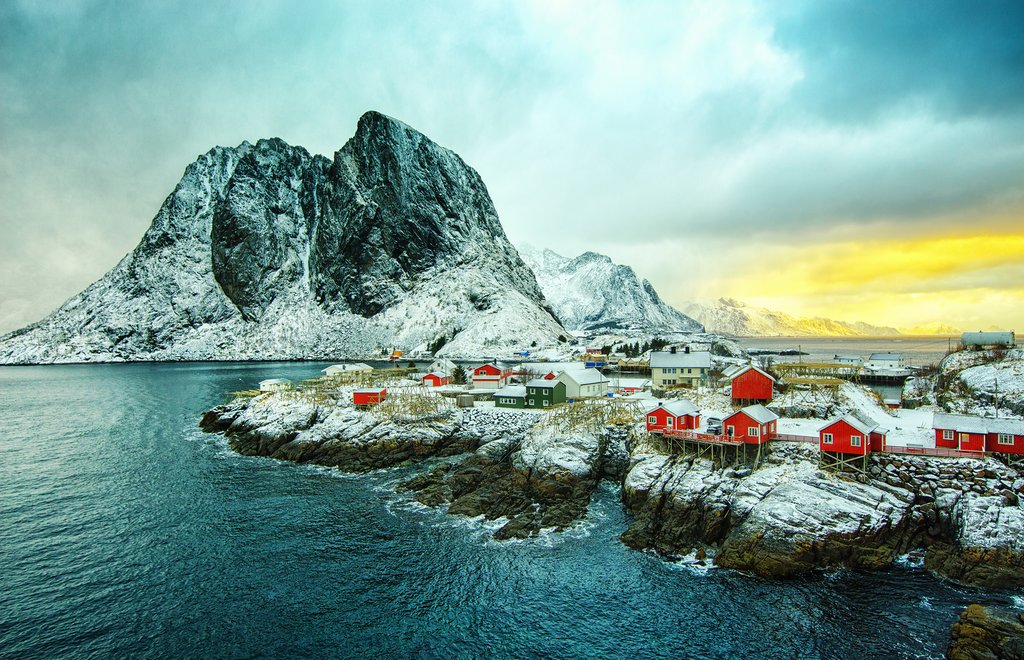
Of all the captivating destinations within Norway, the Lofoten Islands archipelago stands out as possessing a uniquely enchanting beauty. Perhaps it’s the charming fishing village homes, perched precariously on stilts above the water, or the remote and untouched feel that permeates the islands, but regardless of the reason, Lofoten’s accolades rightfully attract thousands of nature lovers to this stunning region each year.
Due to its location above the Arctic Circle, reaching the Lofoten Islands can be an adventure in itself. Be prepared to travel by air, embark on a scenic road trip along winding coastal roads, or take a ferry across the shimmering waters to reach your final destination. Once you arrive, however, a plethora of activities awaits.
Visitors can indulge in a wide range of outdoor pursuits, including hiking amidst the rugged mountains, fishing in the rich waters surrounding the islands, skiing down pristine slopes, experiencing the thrill of ocean rafting, exploring the underwater world through scuba diving, and even catching waves, as this region is renowned for having some of the best surfing in Norway. After an exciting day of exploration, one of the many small villages will be happy to welcome you to a cozy *rorbu*, a traditional fishing cabin located right on the water’s edge, offering an authentic and unforgettable experience.
**8. Fjordkysten: The Authentic Fjord Coast**
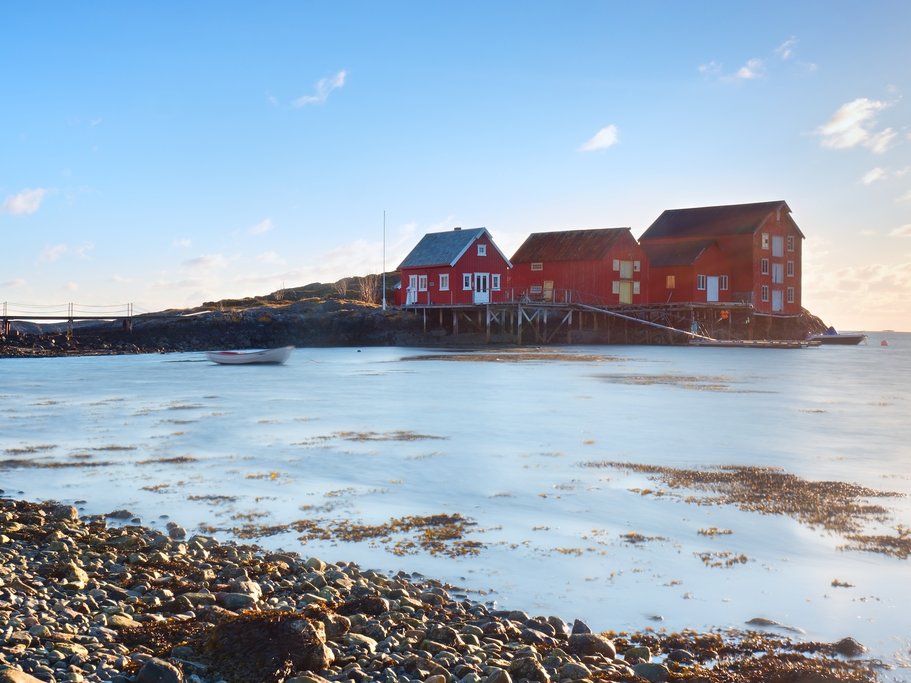
While the term “fjord coast” could technically refer to the entire length of Norway’s coastline, Fjordkysten, with capital letters, typically refers to the region stretching from Bergen northwards to Alesund. Here, intricate waterways and picturesque villages spill out into the vast expanse of the North Sea. If you’re seeking some of the most breathtaking scenery the planet has to offer and a more authentic glimpse into the lives of the Norwegian people, and if you’re not averse to a bit of maritime adventure, then the Fjordkysten is undoubtedly your ideal destination.
This region is all about embracing the outdoors. Hike to the summit of the Hornelen, the highest sea cliff in all of Europe, offering unparalleled views of the surrounding landscape. For a less strenuous experience, explore one of the many North Sea trails, winding along the coastline and through charming villages. Embark on an island-hopping adventure from Solund, Norway’s westernmost isle (be sure to visit the Utvær Lighthouse), and make your way inland, discovering hidden gems along the way.
Rent a boathouse and simply watch the tranquil waters, soaking in the serenity of the surroundings. Search for ancient Viking-age rock carvings in Vingen and Ausevika, offering a glimpse into the region’s rich history.
To navigate the Fjordkysten, consider traveling via express boat from Bergen (Norled is a reputable company), if you prefer not to rent a car. Alternatively, the region offers a fairly extensive bus system, in addition to the coastal steamer Hurtigruten, which operates daily. Try to base yourself in Kalvåg or Værlandet for easy access to the islands, and to ensure that you’ll wake up to stunning sea views from your window each morning.
**9. Stavanger and the Majestic Lysefjord**
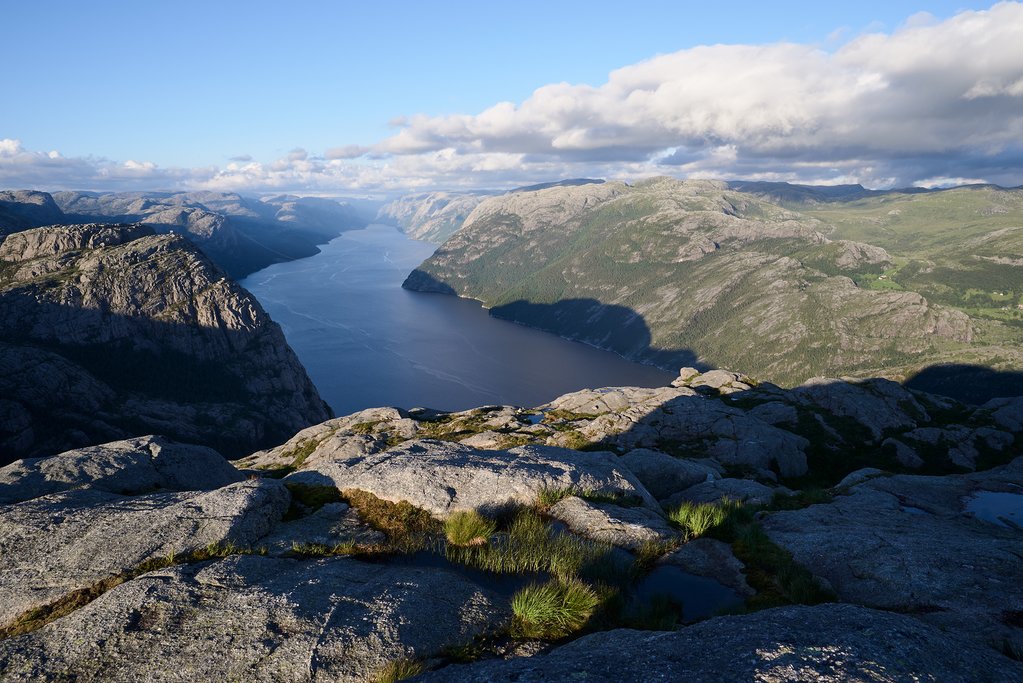
Pulpit Rock and the breathtaking Lysefjord? *That’s* the Stavanger region, a destination that promises unforgettable experiences. If you’re not afraid of heights, you’re in for a treat! Solastranden Beach is another popular outdoor hotspot, as is the historic Fjøløy Lighthouse and the imposing “Swords in Rock” monument on the Hafrsfjord. There’s no doubt about it: The Stavanger region is a haven of natural beauty.
However, the city of Stavanger itself also possesses considerable appeal. Stavanger, along with the smaller nearby city of Sandnes, was recently designated a European Capital of Culture, a testament to its vibrant arts and cultural scene. Here, you’ll find massive food festivals showcasing local culinary delights, captivating street art adorning building facades, state-of-the-art museums exhibiting a range of collections, and a diverse array of restaurants, cafes, and boutiques catering to every taste.
As you wander through the fairly compact city, be sure to explore Old Stavanger, a charming district comprised of 170 meticulously preserved white wooden houses, recognized as Europe’s best-preserved wooden house settlement. Here, you can experience the sophistication of Oslo and the history of Bergen, while enjoying a destination that is a bit more off the beaten path.
**10. “Top of Fjord Norway”: Exploring the Northern Reaches**
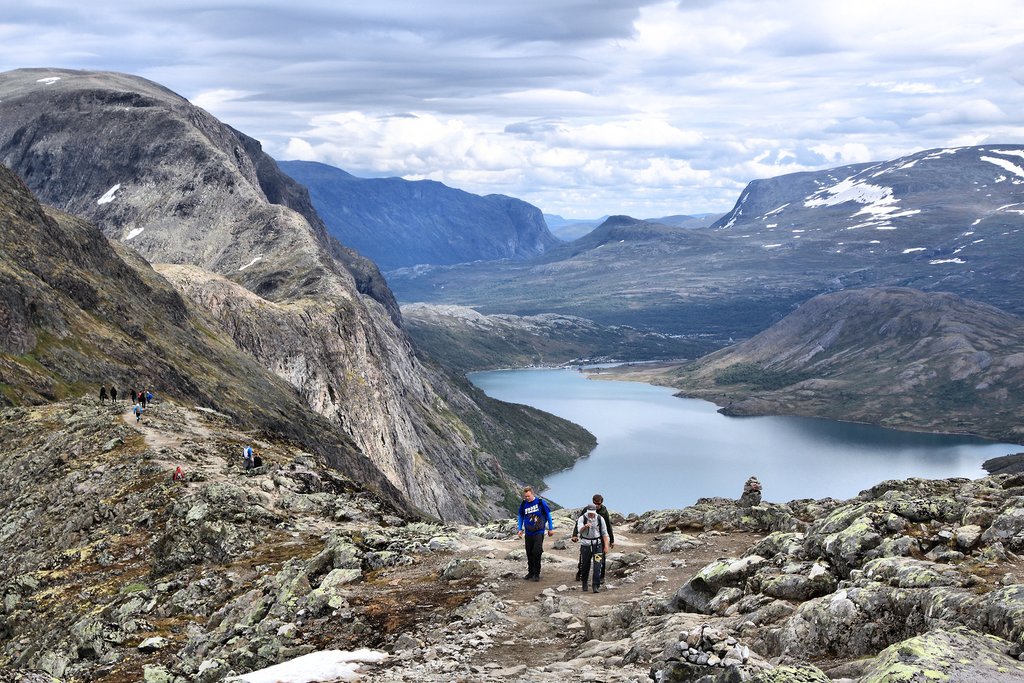
We’ve already explored Fjord Norway from Bergen to Alesund; now, let’s venture a bit further north and discover the treasures that await. And before you dismiss the idea due to concerns about colder temperatures, keep in mind that this area is actually sunnier than Bergen and the surrounding region, offering pleasant days for exploration. You’ll also enjoy the added bonus of lighter crowds, shorter lines, and unique experiences that your friends back home surely haven’t had, all while still enjoying those same epic fjord views that define Norway.
In Trondheim, Norway’s third-largest city (although still with a population of fewer than 200,000 people), be sure to visit the Nidarosdomen cathedral, a magnificent structure that is nearly 1000 years old. Go kayaking on the Nidelva river, offering a unique perspective of the city, or choose a museum to while away an afternoon before taking a ride on the world’s northernmost tram, Gråkallbanen. Then, take your pick from the city’s many amazing restaurants, where good food is around every corner.
Trollheimen, on the other hand, is exactly what its name suggests: land of the trolls. Here, you’ll find spectacular mountains and an abundance of hiking trails, providing a perfect complement to any city adventure. Rent a hut, tour the local waterpark, or stay in one of the many cozy mountain lodges for an authentic experience. However, for even higher mountains (including Norway’s highest peaks), head to Jotunheimen. Trek up the tallest peak, Galdhøpiggen, challenge yourself by walking along the narrow Besseggen ridge, and allow ample time to explore the waterfalls, lakes, glaciers, and valleys of the national park that shares the same name.
Dovre-Sunndalsfjella National Park is also located in this region. Caribou, musk oxen, eagles, and falcons will occasionally steal your gaze, as will the stunning fjord views (which, despite your travels, you somehow won’t be entirely accustomed to). This alpine ecosystem is generally untouched, and there are plenty of cozy mountain lodges in the area, providing an opportunity to escape from it all and feel like a true local.
B-1987

